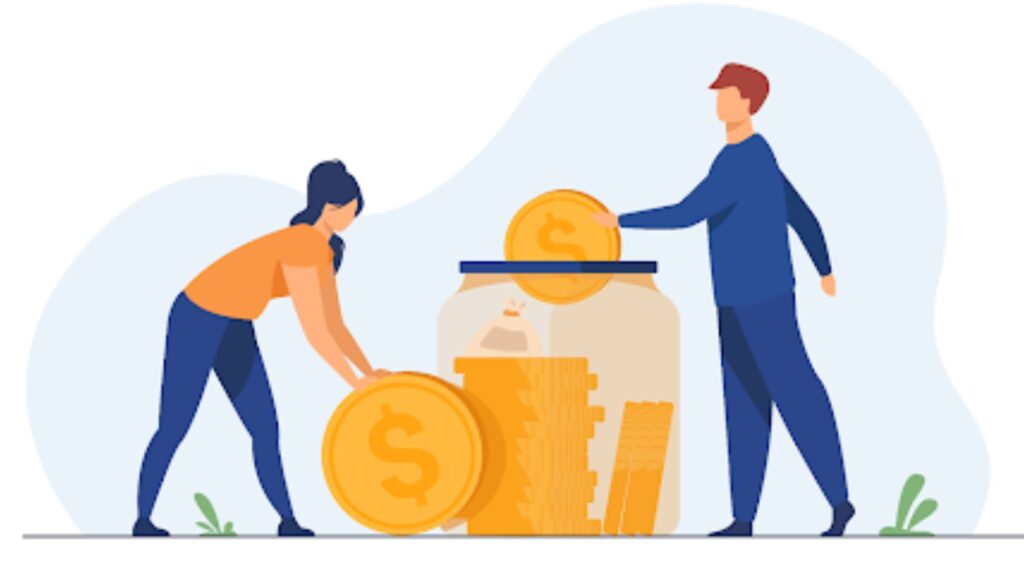Saving money is easier said than done. Rising debt, eroding purchasing power, and increasing cost of living — there are many barriers standing in the way of people wanting to achieve financial freedom.
But this doesn’t mean saving is impossible. Here are five unusual tips you can follow to secure your financial future:
Create a Budget
One of the best ways to save more money is to create a budget for your day-to-day and living expenses. A budget will account for your income and expenses, allowing you to set priorities for spending and savings.
Consider following the 50/30/20 rule, where 50% of your after-tax income goes to necessities (utilities, insurance, mortgage, transportation), 30% to wants (shopping, entertainment, vacation), and 20% to savings. You can adjust the percentage of each section depending on your lifestyle and long-term financial goals.
Pay Off High-Interest Debts First
Rising interest on your debts might be slowly eroding your income and savings. The best thing you can do is create a strategy to pay off high-interest debts.
Follow these steps:
- Make a list of all your debts from the highest interest rate to the lowest interest rate.
- Make minimum payments on each debt and leave the highest interest rate debt for now.
- Use all the extra money to pay off the debt with the highest interest rate.
Pay more toward the principal balance when you can. This will help you save on total interest paid, ensuring financial freedom earlier than expected.
Keep Money in a High-Yield Savings Account
Another way to save money is to open a high-yield savings account. It is a deposit account that pays a significantly higher interest rate and annual percentage yield (APY) than traditional savings accounts.

High-yield savings accounts (HYSAs) allow your money to grow through compounding interest. The best part? Unlike stocks or other investments, your savings balance doesn’t fluctuate with the market. Moreover, you can typically access your money without paying a penalty.
Use a Fixed-Rate Cash ISA
If a high-yield savings account doesn’t suit your financial goals, look into fixed-rate cash Individual Savings Accounts (ISAs).
Here’s how they work: You deposit money into a savings account and receive a guaranteed, fixed interest rate for a predetermined term, typically one to five years. The catch? Your money will be locked away for one to five years. But the interest you earn is tax-free under the UK ISA rules.
Fixed rate ISAs have a significant advantage over traditional savings accounts as the interest rate remains unchanged regardless of market conditions. As of September 2025, some of the best fixed-rate ISAs pay above 4.20% AER.
Refinance Your Mortgage
Another standout way to save money is to refinance your mortgage. With refinancing, you can get a much lower interest rate and save several hundred dollars every month.
Refinancing does come with upfront costs, such as application and appraisal fees. But it’s worth it in the end. You will have an opportunity to shop for a more favourable mortgage lender.

